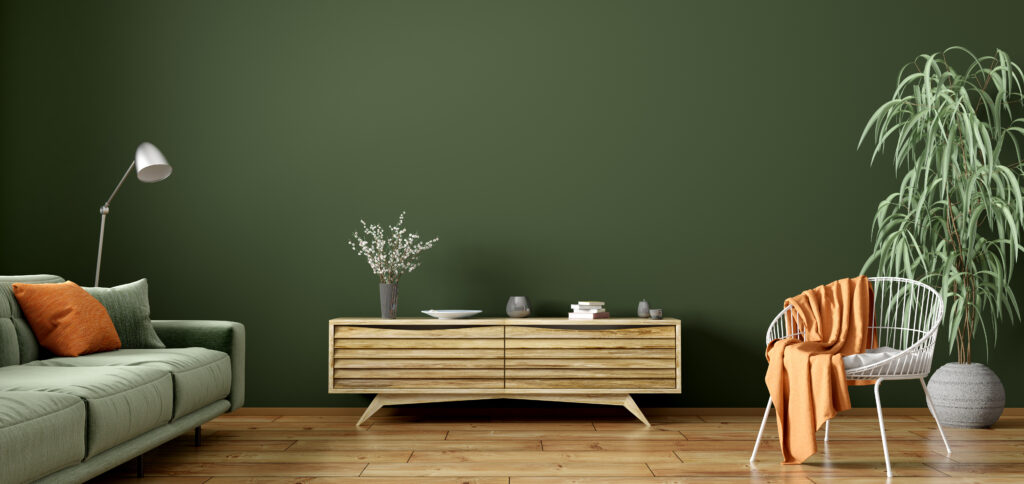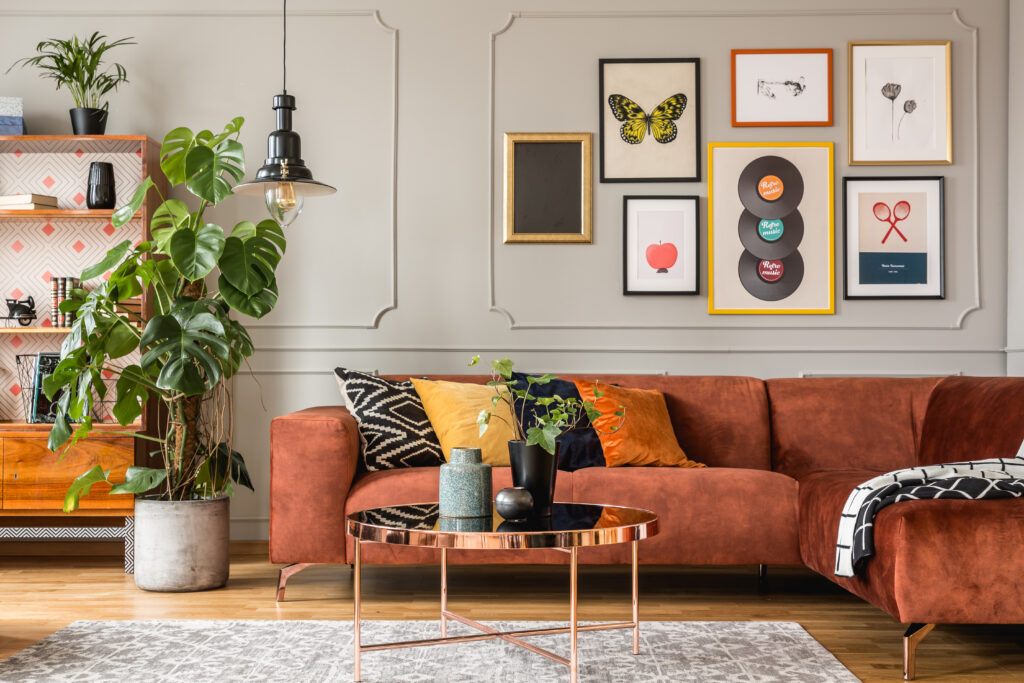Interior design layering is the art of balancing the colours, textures, patterns, materials, shapes, furnishings, accessories and lighting of a room to create a cohesive and purposeful design statement. Regardless of your style tastes whether minimalistic, country chic, contemporary, vintage, modern or traditional etc, layering will help you to achieve your design goals. In this article we give you layering tips to help you to achieve your own style haven.

The Shell
Layering starts with the shell; the walls, floor and ceiling – your blank canvas! You may already have elements you want to incorporate in your room design, perhaps a large piece of furniture, or a colour theme. If you can, remove all other items from the room so that you can see how your layering takes shape.
Layering Colour
Choose your main colour over which you will add layers of colours. For the best result choose these either from the same colour palette or a contrasting colour from the opposite end of the colour wheel.
Layering Flooring
Creating a dominant layer with flooring can work well, especially for smaller rooms like a beautiful intricate patterned bathroom floor. Choosing a bold pattern from which to base your layers can have a striking effect. Alternatively, the floor can be the repository for layering by using rugs of different size, colour or textures.
Layering Patterns
When adding and combining patterns make sure they share at least one colour. Try using smaller patterns on small objects and large designs for larger spaces.
Layering Materials
Incorporate different materials to achieve real depth of design. For example, try using a natural wood with a smoky glass or steely metal to create a complementing layer.

Layering Shapes And Sizes
Different sizes and shapes can be used to create the feeling of depth. Adding a gallery wall with a consistent shape but of differing size and vice versa can create a dramatic effect.
Window Dressing
Pairing floaty transparent fabrics with a heavier material for a main curtain will give you a good layer and practical options dependent on the season and temperature.
Layering Textures
This layer is easy to create, think soft furnishings. Adding items with a variety of different textures, smooth, coarse or soft will add another layer of depth to your room.
Lighting
Key in any room design, the right lighting should complement the room. You can layer lights by using low level lighting, backlighting and lamps in contrast to your main ceiling lights.
Accessories
Now you have your layers, you should be able to pull the whole design together with some well-chosen accessories and statement pieces. Tie in the colour, shapes and textures used throughout the room to carry and spread the design. Add plants to give the room “life” and don’t be afraid to mix materials.
As with all interior design ideas, there is no right or wrong. This is your home, take the layering concept and make it your own.









